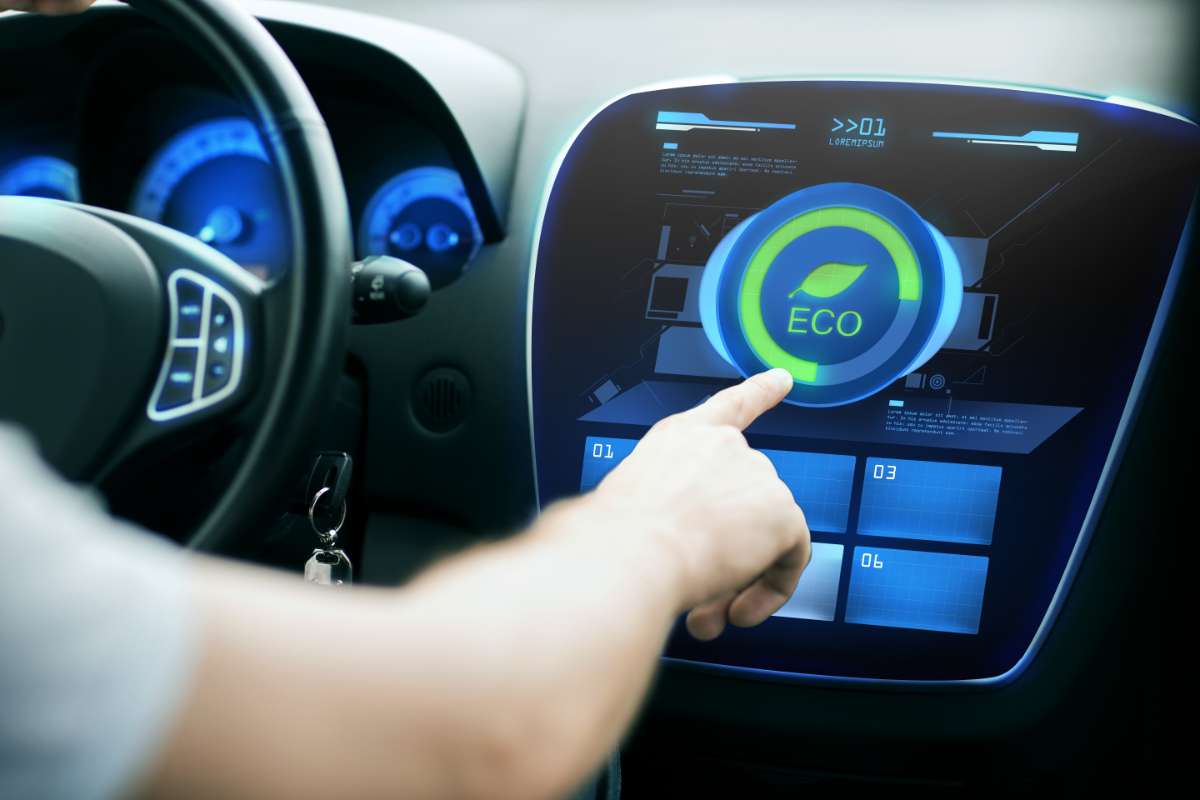
07 Jun Eco-Friendly Driving: Tips for Reducing Your Carbon Footprint
As global awareness about climate change grows, more people are looking for ways to minimize their environmental impact. One significant area of concern is transportation, as the emissions from vehicles significantly contribute to global warming. This article will provide practical tips for more eco-friendly driving, aiming to help you reduce your carbon footprint while still enjoying the convenience of your vehicle.
The Impact of Driving on the Environment
Transportation, particularly road transportation, is one of the leading contributors to greenhouse gas emissions. These emissions primarily come from the burning of fossil fuels for cars, trucks, and buses. As these gases accumulate in the atmosphere, they trap heat, leading to the greenhouse effect and ultimately, global warming.
Carbon dioxide (CO2) is the main greenhouse gas emitted during fuel combustion. Moreover, vehicles also emit pollutants such as nitrogen oxides and particulate matter, which can harm air quality and human health. Understanding the impact of our driving habits on the environment is the first step towards more sustainable practices.
Reducing the Impact of Driving on the Environment
We can significantly reduce the environmental impact of our driving by adopting several strategies. Some of these include:
- Choose a Fuel-Efficient Vehicle: If you’re in the market for a new car, consider purchasing a vehicle with high fuel efficiency. Electric vehicles (EVs) and hybrid cars are excellent options. They produce fewer emissions and can save you money on fuel in the long run.
- Regular Maintenance: Regular vehicle maintenance can help ensure your car is operating efficiently. Regular oil changes, tire rotations, and keeping your engine in good condition can all help improve fuel efficiency.
- Drive Less: Consider alternatives to driving, such as walking, biking, carpooling, or using public transportation whenever possible. Not only does this reduce your carbon footprint, but it can also save you money and improve your physical health.
The Most Eco-Friendly Way of Traveling
While using public transportation, cycling, or walking are the most eco-friendly ways to travel, this isn’t always practical. However, if driving is necessary, consider carpooling or ridesharing to reduce the number of vehicles on the road.
Driving an electric vehicle or hybrid is also a more eco-friendly option. These vehicles produce significantly less CO2 and other pollutants compared to conventional cars. If you can’t switch to an electric or hybrid vehicle, consider using biofuels or choosing a vehicle that has good fuel economy.
Driving in Eco Mode on the Highway
“Eco Mode” is a setting available in many modern vehicles, designed to improve fuel efficiency. It works by adjusting various features of the vehicle’s performance, such as throttle response and transmission behavior.
But should you drive in Eco Mode on the highway? The answer generally is yes. Engaging Eco Mode on the highway can save fuel and reduce emissions, as it optimizes the vehicle’s speed and engine performance for fuel efficiency. However, it’s worth noting that Eco Mode might limit your car’s acceleration, which could be a concern when trying to overtake other vehicles. It’s essential to understand how Eco Mode affects your vehicle’s performance and use it appropriately.
Other Eco-Friendly Driving Tips
Here are a few more tips to make your driving habits more eco-friendly:
- Smooth Driving: Aggressive driving, including rapid acceleration and braking, can significantly reduce your vehicle’s fuel efficiency. Practice smooth, steady driving to save fuel and reduce emissions.
- Plan Your Trips: By consolidating your trips, you can reduce the amount of time you spend on the road, saving fuel and reducing your carbon footprint.
- Lighten the Load: An overloaded vehicle requires more energy to move. Try to keep your car’s load as light as possible by removing any unnecessary items.
- Optimize Your Use of Air Conditioning: Using your car’s air conditioning can increase fuel consumption. If possible, try using your vehicle’s ventilation system instead, especially at lower speeds. However, at higher speeds, air conditioning can be more efficient than having your windows down, which creates drag.
- Properly Inflate Your Tires: Under-inflated tires can increase fuel consumption since they cause your vehicle to exert more energy to move. Check your tire pressure regularly and keep them properly inflated according to your vehicle manufacturer’s specifications.
- Use Cruise Control: When applicable, use cruise control. Maintaining a steady speed over long distances can improve fuel efficiency.
Typical considerations a Roadside Assistance Services has for eco friendly cars
Roadside assistance services are expanding their offerings to accommodate the growing popularity of eco-friendly vehicles, such as electric vehicles (EVs) and hybrids. Here are some considerations that roadside assistance services typically have for these types of cars:
- Charging Infrastructure: One of the most significant challenges for EVs is the need for charging. Roadside assistance services must consider investing in mobile charging units to provide on-the-spot power for stranded EVs that have run out of charge. This infrastructure could be crucial in remote or less developed areas where charging stations are sparse.
- Specific Training: Traditional combustion engines and eco-friendly vehicles have significant differences. Therefore, roadside assistance staff may need additional training to understand the unique aspects of EVs and hybrids. This knowledge can help them troubleshoot issues more effectively and safely.
- Special Equipment: Given the differences in the construction and operation of eco-friendly cars, different tools might be required for jump-starting a battery, changing a tire, or conducting other emergency repairs.
- Towing Considerations: Towing an EV or hybrid vehicle might require different considerations than conventional cars due to the weight distribution and braking system. Roadside assistance services need to be well-versed in these differences to avoid causing damage during the towing process.
- Environmental Impact: Roadside assistance services may also take steps to reduce their environmental impact when servicing eco-friendly vehicles. This could include reducing the carbon footprint of their own vehicles, utilizing renewable energy sources for charging units, and proper disposal of materials during vehicle repairs.
- Partnerships with Charging Networks: In some cases, roadside assistance services could consider partnerships with charging network providers. This collaboration can help provide better service to their clients by integrating charging station information or even offering charging as part of their service package.
As eco-friendly vehicles become more mainstream, roadside assistance services that can adapt and offer targeted services will be more likely to meet customer needs effectively and efficiently.
Conclusion
While cars are integral to our modern lives, they significantly contribute to environmental pollution. By taking conscious steps towards eco-friendly driving habits, we can collectively lessen our impact on the environment. This not only contributes to a healthier planet but can also result in significant savings on fuel costs. Remember, the journey towards sustainability begins with small, mindful steps. Happy eco-driving!
If you’re looking for reliable on-demand roadside assistance services, we have compiled a list of top providers in our article on “On-Demand Roadside Assistance: The Best Services to Get You Back on the Road.” Explore the options and find the assistance that suits your needs and preferences.
